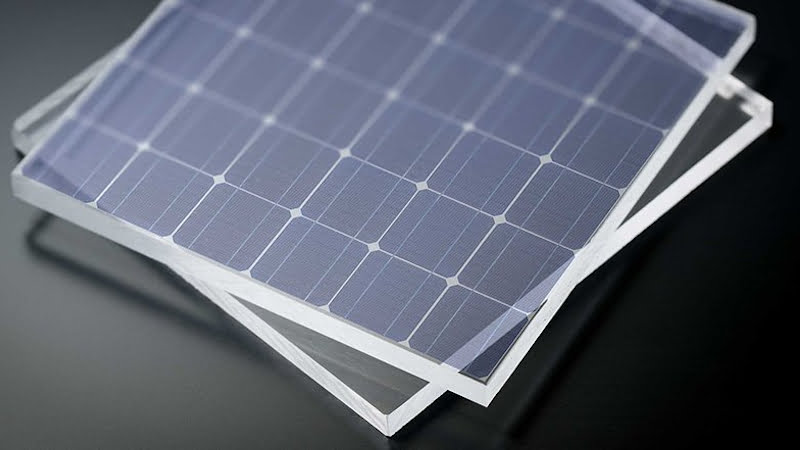
Researchers from Japan have developed a solar cell with a special atomic layer that makes it almost invisible. Due to its high transparency, it can theoretically be attached anywhere – even on car windows or human skin.
In the past few decades, one technology has become particularly attractive: solar technology. Since 2006, the prices for photovoltaic systems have fallen by around 75 percent. The reasons for this include technical progress and higher production capacities. But even here we are far from having reached the end.
The solar systems still have a relatively low level of efficiency. Alternatives such as perovskite cells could soon replace the technology. However, scientists around the world are researching other possible uses for the technology.
In Japan, researchers have now developed an almost invisible solar cell with a particularly high level of transparency. Use in windows, on car panes or on human skin is even conceivable.
Efficiency of the new solar cell significantly higher
In the past, hardly any materials were explored that made the current breakthrough possible. However, through the targeted manipulation of the contact barrier between indium-tin oxides, the invisible solar cell was successfully developed.
Indium tin oxide is one of the most widely used transparent oxides. By adding a thin layer of tungsten oxide, the cell became transparent and conductive.
Another positive side effect: The efficiency with which incoming UV rays are converted into energy is around 1,000 times higher than with classic indium tin oxides. So it seems that the novel solar cell promises a high potential for future use.
Invisible solar cell: transparency up to 79 percent
Although researchers now know how to produce the new cells, it will still be some time before they can be used commercially. First of all, it must be evaluated how the technology can be used in a solar panel. Only then does the scaling follow.
Should the invisible solar cell make it to market, it could convert almost any surface into a small power plant. With a transparency of 79 percent, the darkening of a room when used in a window is minimal. Ultimately, however, the price also plays a role in order to compete with conventional solar cells.
Also interesting:
Source: https://www.basicthinking.de/blog/2022/07/27/solarzelle-transparent/


